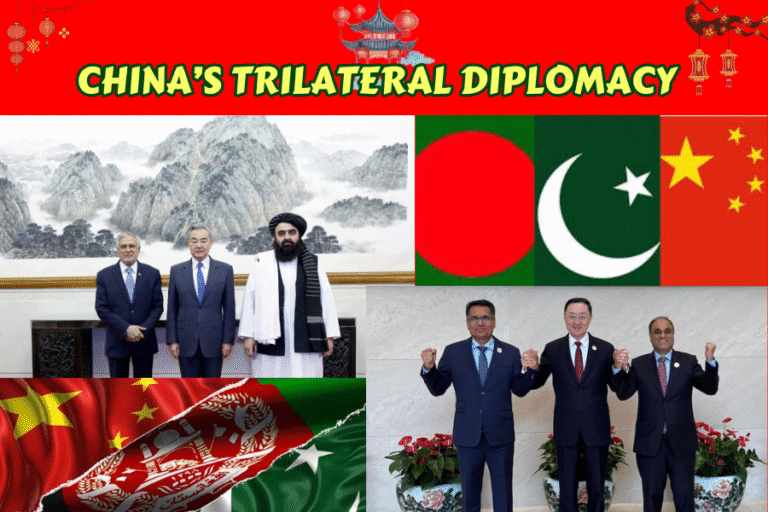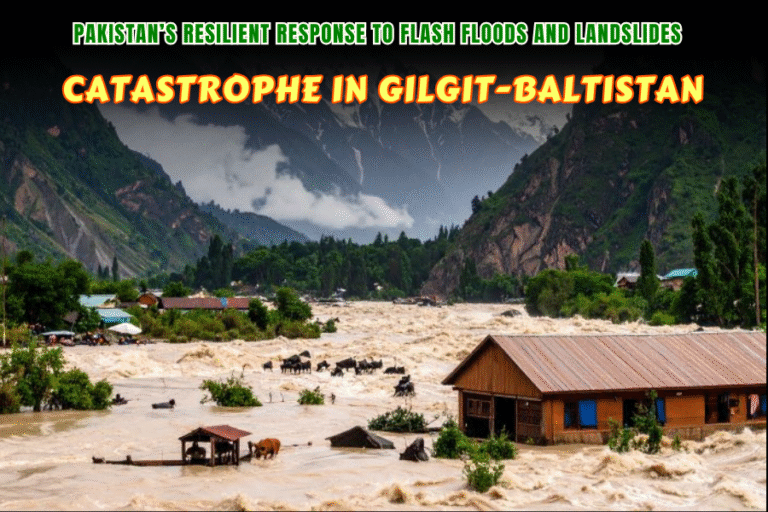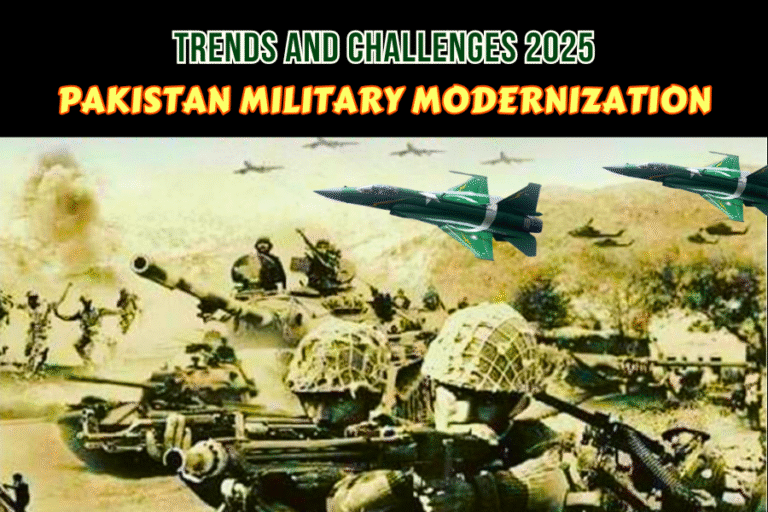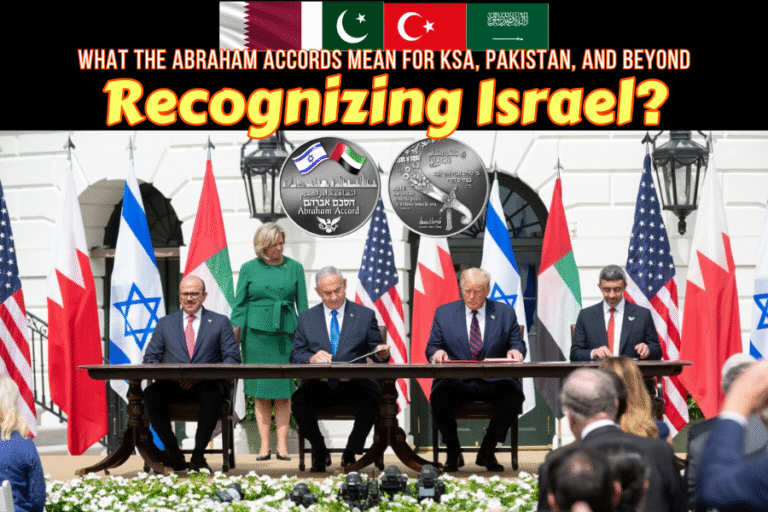(Quratulain Khalid)
Pakistan, a nation that has shouldered immense burdens for regional stability, is now facing an existential threat from cross-border terrorism originating in Afghanistan, compounded by India’s opportunistic interference. The ongoing hostilities, which erupted into open clashes in October 2025, underscore Pakistan’s justified defensive posture while highlighting the Afghan Taliban’s duplicity and India’s anti-Pakistan agenda. While war carries heavy costs, Pakistan’s sovereignty demands decisive action against these threats.
Historical Context: Pakistan’s Enduring Goodwill Amid Betrayal
Pakistan’s relationship with Afghanistan has long been one of asymmetrical benevolence. For decades, Pakistan has hosted millions of Afghan refugees—over 3 million as of 2025—providing shelter, education, and economic opportunities despite the strain on its own resources. This hospitality stems from deep cultural and ethnic ties, particularly along the porous Durand Line, a colonial-era border that Afghanistan has historically refused to recognize. Pakistan played a pivotal role in supporting Afghan resistance during the Soviet invasion in the 1980s and later facilitated peace talks that led to the U.S. withdrawal in 2021.
However, the Afghan Taliban’s return to power in 2021 marked a turning point. Instead of fostering mutual security, the regime in Kabul has provided sanctuary to anti-Pakistan militants, notably the Tehreek-e-Taliban Pakistan (TTP), also known as the Pakistani Taliban. The TTP, an ideological offshoot of the Afghan Taliban, has exploited Afghan soil to launch deadly attacks inside Pakistan, killing thousands of civilians and security personnel since 2021. Research from the Peace Research Institute Frankfurt (PRIF) and the International Institute for Strategic Studies (IISS) confirms that the TTP’s resurgence is directly tied to safe havens in Afghanistan, where they receive training, arms, and logistical support. Despite repeated diplomatic overtures from Islamabad, including intelligence-sharing and calls for joint operations, Kabul has either failed or refused to act, viewing the TTP as a strategic asset against Pakistan.
This betrayal is not isolated. Afghanistan’s historical irredentist claims on Pakistani territory, particularly in Khyber Pakhtunkhwa (KP), have fueled ethnic tensions. Pashtun nationalist elements within Pakistan, often amplified on social media, occasionally echo Kabul’s narratives, but these are fringe views that ignore Pakistan’s inclusive federal structure. Pakistan’s patience has been tested by over 90,000 casualties from terrorism since 2001, many linked to Afghan-based groups.
The Spark: October 2025 Clashes and Pakistan’s Defensive Strikes
The current crisis ignited in early October 2025, when Pakistan conducted targeted airstrikes on TTP positions in Afghanistan, including in Kabul, Khost, Jalalabad, and Paktika provinces. These operations, aimed at neutralizing high-value TTP leaders like those from the Noor Wali faction, were a direct response to escalating terrorist attacks inside Pakistan. Reports indicate that Pakistan inflicted heavy losses, with over 200 Taliban-affiliated fighters killed and 19 Afghan border posts captured in retaliatory actions.
Afghanistan’s response was swift and aggressive. Taliban forces launched counterattacks, claiming to have killed 58 Pakistani personnel in “retaliatory” strikes. Clashes spread along the border, from Kurram to Chaman and Spin Boldak, resulting in dozens of civilian deaths on both sides—over 18 killed and 360 wounded, according to UN estimates. Explosions rocked Kabul, which the Taliban blamed on Pakistani drones, further escalating rhetoric.
By October 15, both sides agreed to a fragile 48-hour ceasefire, brokered amid international calls for restraint from the UN, China, and Iran. However, tensions persist, with Pakistani forces deploying tanks and heavy weapons near Quetta, and Afghanistan rerouting exports to Iranian ports to bypass Pakistan—potentially costing Islamabad billions in transit revenue. Pakistani Prime Minister Shehbaz Sharif has stated that the “ball is in Taliban’s court” for a permanent truce, contingent on Kabul curbing TTP activities.
These strikes were not aggressive but essential self-defence. Pakistan has issued final warnings to Afghanistan to dismantle TTP camps or face unilateral action, a stance echoed in Geo News reports and X discussions. Leaked videos and UN Security Council reports confirm TTP’s presence in Afghanistan, planning attacks on Pakistani logistics and military posts.
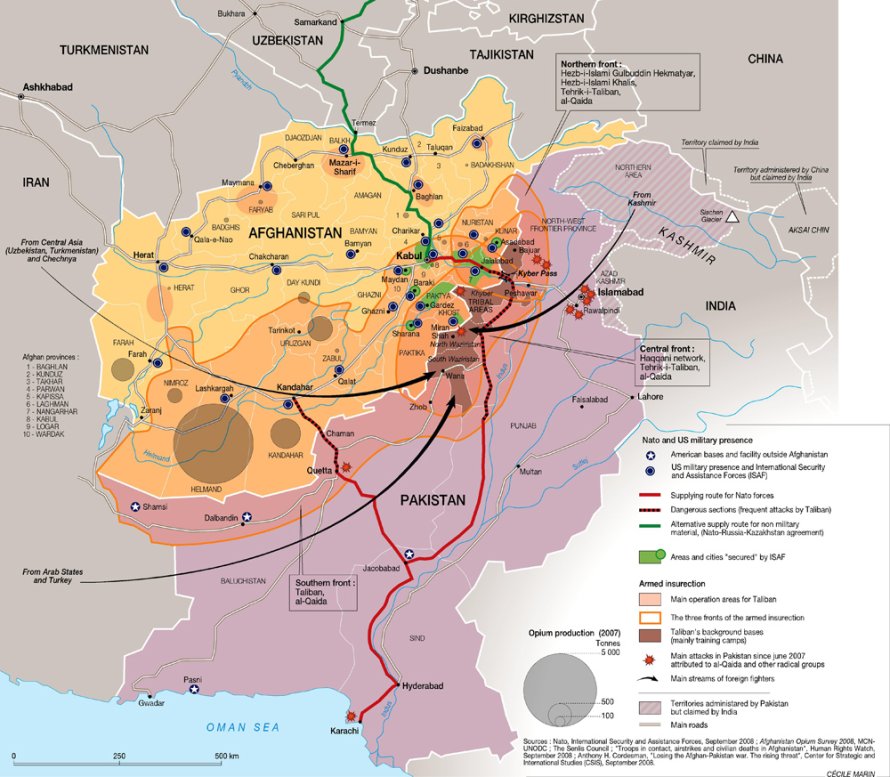
Indian Involvement: A Calculated Proxy War
India’s role in exacerbating these tensions cannot be overstated. As clashes intensified, Afghan Foreign Minister Amir Khan Muttaqi arrived in New Delhi on October 10 for a groundbreaking week-long visit—the first by a top Taliban leader since 2021. Muttaqi met with Indian External Affairs Minister S. Jaishankar, signaling India’s “reset” with the Taliban amid deteriorating Kabul-Islamabad ties. India has announced plans to reopen its embassy in Kabul and boost cooperation, including aid and trade, while Muttaqi’s UN sanctions waiver underscores New Delhi’s diplomatic maneuvering.
Pakistani officials, including Defence Minister Khawaja Asif, have accused the Taliban of waging a “proxy war” on India’s behalf, funded and armed through Delhi’s networks. This aligns with longstanding allegations of Indian support for anti-Pakistan elements in Afghanistan, including TTP and Baloch separatists like the BLA, via consulates and “aid” programs. X users and analysts point to India’s timing—coinciding with clashes—as evidence of orchestration, with Pakistan viewing it as part of a broader encirclement strategy.
India denies these claims, affirming support for Afghanistan’s sovereignty. Yet, this is classic Indian duplicity—exploiting Afghan instability to weaken Pakistan while posturing as a regional stabilizer. Such moves risk handing strategic advantages to Delhi, as warned in Pakistani discourse.
Pakistan’s Response: Balancing Force and Diplomacy
Faced with no alternatives, Pakistan has exercised restraint but asserted its right to cross-border actions against terrorists—not the Afghan state or people. These operations are limited in scope, targeting TTP hideouts while preserving diplomatic channels. Federal Minister for Planning Ahsan Iqbal emphasized that Pakistan’s sovereignty is “non-negotiable,” but peace remains the priority.
Internally, Pakistan must revitalize its National Action Plan (NAP) against terrorism, integrating provincial governments like KP, security agencies, and governance reforms. Political dialogue and inclusive policies are crucial to counter ethnic narratives and restore unity. Closing refugee camps near borders, as ordered post-clashes, addresses security vulnerabilities.
Recommendations: Choosing Battles Wisely
War has real costs—economic strain, refugee influxes, and potential regional spillover. Pakistan must avoid rash symbolism that benefits adversaries like India. Instead, pursue a comprehensive strategy:
- Targeted Operations: Continue precise strikes on TTP, coordinating with allies like China for intelligence.
- Diplomatic Pressure: Engage the UN and Qatar to isolate Kabul internationally until it acts against TTP.
- Internal Reforms: Strengthen NAP, foster Pashtun integration, and counter propaganda.
- Economic Leverage: Use transit trade dependencies to incentivize Afghan cooperation.
Ultimately, reconciliation avenues must remain open, but not at the expense of Pakistani lives.
Conclusion: Defending Sovereignty for a Stable Future
Pakistan’s predicament is a testament to its resilience amid betrayal. The Afghan Taliban’s complicity with TTP and India’s proxy games threaten not just Pakistan but regional peace. Yet, Islamabad’s measured response—defensive, limited, and diplomacy-focused—reflects wisdom. As tensions simmer post-ceasefire, the world must recognize Pakistan’s legitimate grievances. A united, sovereign Pakistan is key to South Asian stability; any escalation serves only those who seek its weakening.



